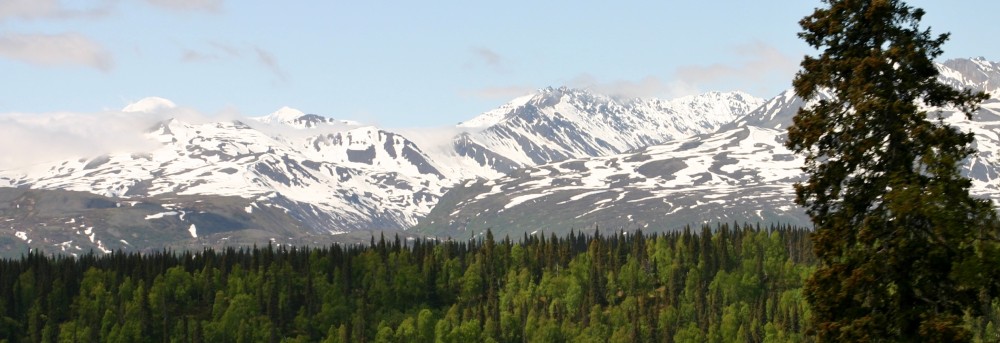To some of you, this may seem like an odd choice for this blog entry – but, I believe that the life-long (and yes – it should be a life long journey) pursuit of knowledge is as much about exploration (a common theme of ours) as is exploration of the physical world around us.
Knowledge, and the accumulation of it in books, in computers or even in our own memory, can be (huge understatement warning!) the key to many, many things. Knowledge is powerful. When we share our knowledge with others and they share as well, there are very few limits to what we can accomplish together. Our collective knowledge is built on the knowledge of those that came before us just as ours will be passed on for future generations to use.
I taught at the university level for almost twenty years and one of the things I tried the hardest to install in my students was the desire to learn. The specific information and skills that came with taking the class were important of course, but to me, that was secondary. The real priority was to instill in them a strong, never-ending desire to learn and an eagerness to continue that process long after they were out of school and out into the “real world”.
One of the best compliments I ever got from a student was when they told me that the best thing they appreciated about taking my classes was that I taught them how to learn. I still have a 1″x6″ by three foot long piece of wood above my office door that was painted for me by a student of mine during scenic painting class. It is a speckled gray color with pink lettering that reads “What do you think? – Tim”. She made it and gave it to me because that was what I was known for saying often, in response to their questions. I know that it bugged most (if not all) of them for a while because they wanted me to solve the problem for them so they could move on. I felt it was more important that they knew how to solve problems like that than to use my knowledge and experience as an immediate fix. Which is why I would answer their question with the question “What do you think?” I wanted them to reason through the problem and a majority of the time, they were eventually able to answer their own question.
If you look at our Imagery site you will see that one of the things that sets us apart from all of the other sites that provide stock images, is that we have included information that we believe, provides context to the image. Each of our images has some information about the image that will tell you things like: where it is, when it was created, a short story behind its creation, interesting facts about the subject, etc.
For instance, if you looked at images on our site you would learn things like:
- The San Francisco Zoo has a bald eagle that they named after comedian Stephen Colbert.
- The man who is credited with having the patent for the modern fire hydrant, cannot prove it as the patent office in Washington DC burned down and his records were destroyed.
- The 55 gallon drum was credited with helping to win the Battle of Guadalcanal in the Pacific during World War II.
- The Chicago World’s Fair in 1893 was the beginning of the idea of the traveling carnival.
There are many, many more bits of information like these that we have taken the time to include with our images. We believe that this information helps to give you more of a connection to what you are looking at.
Take a look randomly at images on the site and read some of the information. Do not be surprised when you find yourself saying, “Huh – I didn’t realize that!” At that point you will have learned something…
…You’re welcome…

I’m always saying “Huh – I didn’t realize that”. I would have liked to be a student in your class Tim. Neat reading.
Jackie, just ask your self twice a day… “What do you think?” write down your reply and send it to Tim. Then he can tell you what he thinks! HA!